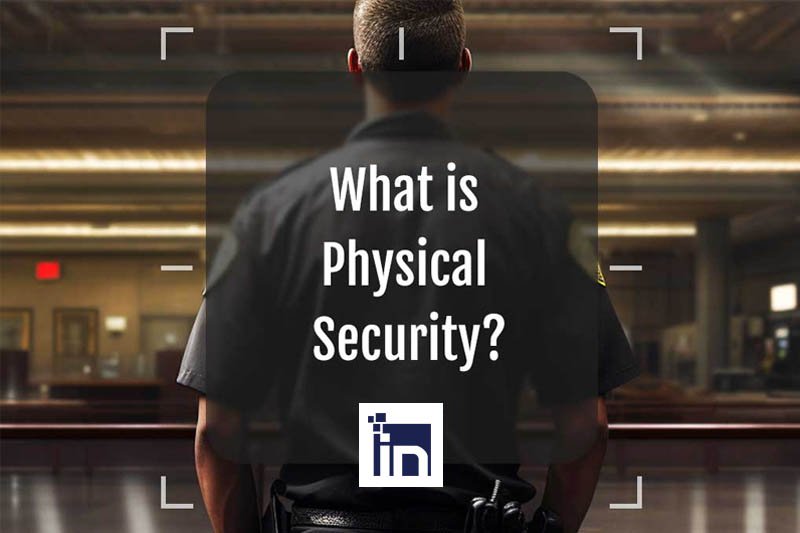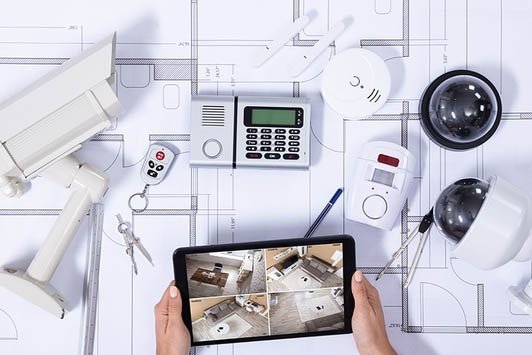Physical Security

While cybersecurity dominates headlines in today’s digital era, physical security remains a cornerstone of comprehensive protection strategies. Physical security refers to the measures and protocols designed to safeguard people, assets, and facilities from physical threats, such as theft, vandalism, natural disasters, and unauthorized access. This article delves into the key components of physical security, its challenges, and best practices for ensuring robust protection.

What Is Physical Security?
Physical security encompasses strategies and technologies to protect physical spaces, including buildings, equipment, and personnel. Its goal is to deter, detect, and respond to potential threats effectively. It is a critical layer of defense that complements cybersecurity efforts, ensuring the overall safety and integrity of an organization’s operations.
Components of Physical Security
Effective physical security involves a combination of people, processes, and technology
Perimeter Security
- Fencing and Barriers: Deter unauthorized access and guide visitors to designated entry points.
- Surveillance Cameras: Monitor activity around the perimeter in real-time, often integrated with motion detection and analytics.
- Security Lighting: Illuminates dark areas to deter intrusions and aid surveillance.
Access Control Systems
- Key Cards and Badges: Grant access based on roles and restrict entry to sensitive areas.
- Biometric Authentication: Uses unique physical traits, such as fingerprints or facial recognition, for secure access.
- Turnstiles and Gates: Regulate foot and vehicle traffic at entry points.
Intrusion Detection Systems
- Alarms: Triggered by unauthorized entry, providing immediate alerts to security personnel.
- Sensors: Detect motion, vibrations, or breaking glass to identify breaches.
Environmental Controls
- Fire Suppression Systems: Protect against fire damage through sprinklers, gas-based systems, or fire-resistant materials.
- HVAC Monitoring: Prevents overheating of sensitive equipment in data centers or industrial facilities.
- Flood Barriers: Shields facilities from water damage in flood-prone areas.

The Role of Personnel in Physical Security
Security systems are only as effective as the people managing them. Trained personnel play a critical role in:
- Patrolling: Conducting regular checks to identify vulnerabilities.
- Responding to Incidents: Acting quickly to mitigate risks and minimize damage.
- Educating Employees: Raising awareness about security protocols and encouraging compliance
Best Practices for Physical Security
Risk Assessment
Conduct a thorough risk assessment to identify vulnerabilities, prioritize critical assets, and develop tailored security strategies.
Layered Security Approach
Adopt a multi-layered defense strategy, combining perimeter, access control, and internal monitoring measures.
Regular Audits and Updates
Periodically review and upgrade security systems to keep up with evolving threats and technologies.
Emergency Response Planning
Develop and test emergency protocols for scenarios such as break-ins, natural disasters, and workplace violence.
Emerging Technologies in Physical Security
Innovations are reshaping physical security:
- Artificial Intelligence (AI): Enhances video analytics, automates threat detection, and predicts potential risks.
- Drones: Used for surveillance of large perimeters and hard-to-reach areas.
- Facial Recognition: Speeds up identification processes while improving accuracy.
- Smart Sensors: Provide real-time data on environmental changes, such as temperature or air quality.
The Relationship Between Physical and Cybersecurity
Physical security is deeply intertwined with cybersecurity. For instance:
- A compromised server room due to unauthorized physical access can lead to a significant data breach.
- Cyberattacks on IoT-enabled security devices, like cameras or smart locks, can disrupt physical security systems.
Organizations must adopt a converged security model, ensuring seamless communication and coordination between physical and digital security teams.
Importance of Physical Security in Specific Sectors
- Data Centers: Protect critical IT infrastructure from theft, vandalism, and environmental hazards.
- Healthcare: Safeguard sensitive patient data and ensure the safety of staff and patients.
- Education: Prevent unauthorized access to campuses and protect students and staff.
- Government: Maintain national security by securing sensitive facilities and information.
Physical security is a vital component of any comprehensive risk management strategy. By integrating advanced technologies, training personnel, and adopting best practices, organizations can create a secure environment for their assets and operations. In an increasingly interconnected world, the synergy between physical and cybersecurity is more important than ever.
Access Control Solution Vendors
Physical Security Solution Vendors
Ready to elevate your business?
Get in touch with Intech for innovative IT solutions and expert consulting tailored to your success!”
contact us today and transform your business with Intech’s expert IT solutions!








